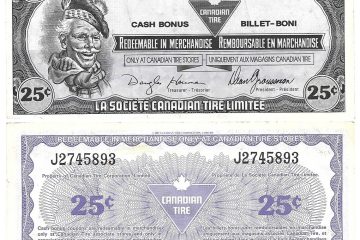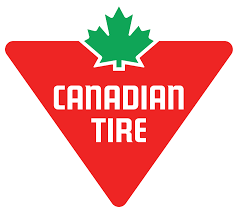Real vs. Fake: Understanding the Key Differences

Introduction
The distinction between real and fake items has never been more critical in today’s rapidly evolving marketplace. From luxury goods to digital creations, the ability to discern authenticity is essential for consumers looking to make informed purchasing decisions. As counterfeit products become more sophisticated, understanding what constitutes ‘real’ versus ‘fake’ is vital for maintaining quality and value.
The Growing Concern
According to a report from the Organization for Economic Cooperation and Development (OECD), trade in counterfeit goods accounted for nearly $509 billion globally in 2016. This trend has spurred rising concerns regarding consumer safety, brand reputation, and economic integrity. In sectors like fashion, electronics, and art, the presence of counterfeit items has led to substantial losses for both consumers and legitimate manufacturers.
Identify Real vs. Fake
Fashion Items
In the fashion industry, well-known brands are frequent targets of counterfeiters. Shoppers should be wary of significant price discrepancies, poorly made stitching, and misspelled logos. For luxury handbags, examining the stitching, hardware, and authentic labels can provide insights into authenticity.
Electronics
For electronics, fakes may not only be subpar in quality but can also pose safety risks. Consumers are advised to purchase from reputable retailers or manufacturers and to look for certification labels that indicate compliance with industry standards.
Art and Collectibles
The art market faces its unique set of challenges with authenticity. Professional appraisals and provenance documents are essential in mitigating the risks of being fooled by counterfeit artworks. Auctions and galleries have ramped up efforts to provide assurance of authenticity, benefiting both buyers and artists.
Conclusion
As the market for counterfeit goods continues to grow, the importance of distinguishing between real and fake becomes paramount for consumers. Knowledge and awareness are powerful tools in combating the infiltration of fakes into legitimate markets. Moving forward, it’s crucial for buyers to remain vigilant, conduct thorough research, and support brands that prioritize authenticity. This not only fosters a healthier economy but also protects individual consumers from potential fraud.









